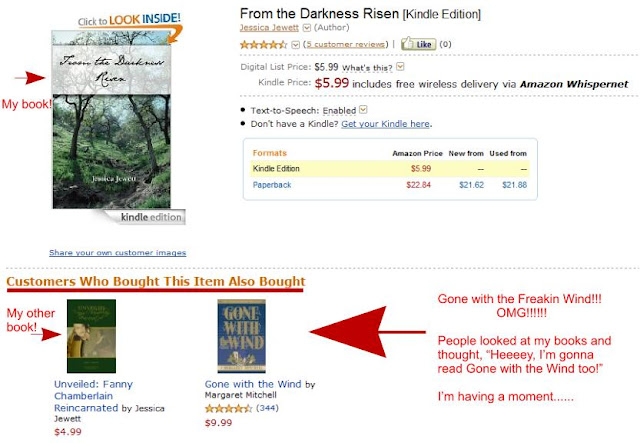>
The president of the Civil War Trust (formerly the Civil War Preservation Trust), Jim Lighthizer, recently addressed the 2011 Annual Conference in Manassas, Virginia, in which he spoke of the achievements of the Trust’s past and the challenges in the future. In the last year, the Civil War Trust has raised more than $22 million in federal and matching funds. This amount exceeded all previous years. Additionally, this past year saw victories for preserving the Wilderness battlefield against Wal-Mart development and Gettysburg fought off a casino after long fights in both causes.
Lighthizer discussed the technological developments designed to bring a wider audience to the Trust and the cause of battlefield preservation. Their website has been exponentially growing in visitors in the last three years. He also discussed the new smartphone apps designed to provide virtual tours of several battlefields. Utilizing technology will be vital in educating future generations.
Additionally, Lighthizer outlined two major goals of the Civil War Trust during the sesquicentennial of the war: to save an additional 20,000 acres of battlefield from development, and to become the primier Civil War education organization in the world. Preserving another 20,000 acres will concentrate “primarily but not exclusively on finishing the major battles that make up the Civil War.” Becoming the primier education organization in the world will be largely focused on technology development and content. Estimated costs for accomplishing these goals during the sesquicentennial of the war is $40 million, divided into $35 million for the land and $5 million for the educational development.
“It’s now or never,” Lighthizer said. “We’re running out of time when it comes to saving battlefield land.”
The campaign was announced and outlined recently at a press conference in Gettysburg, Pennsylvania, with speakers that included James McPherson and Trace Adkins. This has been called Campaign 150, designed to coincide with the commemorations, reenactments, and exhibitions of the sesquicentennial of the war.
“More than 620,000 soldiers died in the American Civil War,” McPherson pointed out at the conference. “If the same percentage of our tenfold population were to die in the war fought today, the number of American war dead would be more than six million. This terrible national trauma that took place a hundred fifty years ago is hardly a matter for celebration, but it is a matter for remembrance.”
The central theme of McPherson’s speech reflected the need to preserve individual battlefields in order to fully understand the Civil War. He pointed out that simply reading about the war is not enough. Key components of the war involving the topography and tangibility of where American and Confederate soldiers fought could not be fully understood without the historical landscape remaining in tact. McPherson cited the Civil War Trust’s recent acquisition of more land surrounding Gettysburg to be preserved for tourists to explore and learn more about the battle than they had before. He then described the difficulty to understand the battles of Nashville and Atlanta due to urban sprawl swallowing those battlefields whole.
McPherson also referenced General Joshua Lawrence Chamberlain’s 1888 speech at the dedication of Maine monuments at Gettysburg in which he said, “In great deeds, something abides. On great fields, something stays. Forms change and pass; bodies disappear; but spirits linger, to consecrate ground for the vision-place of souls. And reverent men and women from afar, and generations that know us not and that we know not of, heart-drawn to see where and by whom great things were suffered and done for them, shall come to this deathless field, to ponder and dream; and lo! the shadow of a mighty presence shall wrap them in its bosom, and the power of the vision pass into their souls.”
Careful to point out that the Civil War Trust’s mission is not to romanticize war but, “… quite the contrary, it is a matter of comprehending it’s grim reality.”
With the addition of country singer and actor, Trace Adkins, to the Civil War Trust board, the celebrity boost will help reach the $40 million goal.
“When I was a 13-year-old boy my grandfather sat me down one day. I guess he thought it was time for him to tell me what his grandfather had told him,” Adkins began. “His name was Henry T. Morgan and he was a private in the 31st Louisiana Infantry. He was wounded and taken prisoner at Vicksburg.”
“The first time I ever went to Vicksburg, I got to stand where I knew I was within 100 feet or so of where my great-great-grandfather was positioned in that battle. I knew because there’s a monument there and the trench is still there,” he told the crowd gathered at the press conference. “And you can look across that battlefield — it’s been preserved, it’s one of the success stories – and it still looks the way it looked when my great-great-grandfather was there. I can’t explain to you what a spiritual moment that was for me.”
Please visit www.civilwar.org for more information on battlefield preservation and how to make a donation.
Read More















